 America
America
 Spanish
Spanish
 Ethiopia
Ethiopia
 Albania
Albania
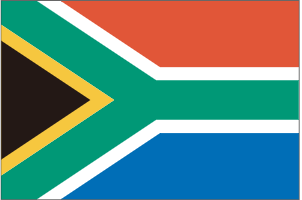 South Africa
South Africa
 UAE
UAE
 Armenia
Armenia
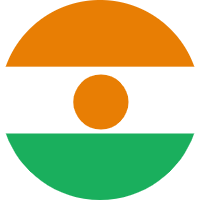 assamese
assamese
 Aymara
Aymara
 Azerbaijani
Azerbaijani
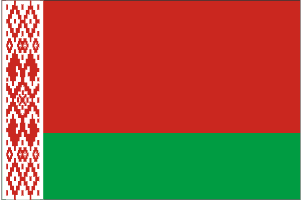 belarusian
belarusian
 Bengali
Bengali
 Bhojpuri
Bhojpuri
 Bosnian
Bosnian
 Bulgarian
Bulgarian
 bur
bur
 Catalan
Catalan
 Cebuano
Cebuano
 corsican
corsican
 Czech
Czech
 Danish
Danish
 German
German
 Divish
Divish
 Greek
Greek
 America
America
 Esperanto
Esperanto
 Estonian
Estonian
 Filipino
Filipino
 Finnish
Finnish
 French
French
 Georgian
Georgian
 irish
irish
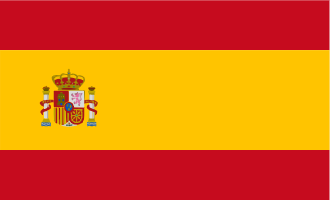 galician
galician
 Guaraní
Guaraní
 Gujarati
Gujarati
 hausa
hausa
 Hawaiian
Hawaiian
 Hebrew
Hebrew
 Hindi
Hindi
 Khmer
Khmer
 hmn
hmn
 Croatian
Croatian
 Haitian
Haitian
 Hungarian
Hungarian
 igbo
igbo
 Icelandic
Icelandic
 Indonesian
Indonesian
 Italian
Italian
 Kannada
Kannada
 Kinyarwanda
Kinyarwanda
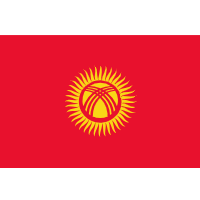 Kyrgyz
Kyrgyz
 Konkani
Konkani
 Korean
Korean
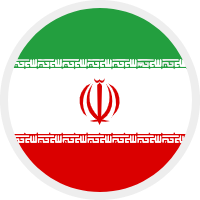 Kurdish
Kurdish
 Lao
Lao
 Latin
Latin
 latvian
latvian
 lingala
lingala
 Lithuanian
Lithuanian
 Luxembourgish
Luxembourgish
 luganda
luganda
 Macedonian
Macedonian
 Maithili
Maithili
 malayalam
malayalam
 Maori
Maori
 Marathi
Marathi
 Malay
Malay
 Maltese
Maltese
 Nepali
Nepali
 Dutch
Dutch
 Norwegian
Norwegian
 Nyanja
Nyanja
 Oromo
Oromo
 oriya
oriya
 Punjabi
Punjabi
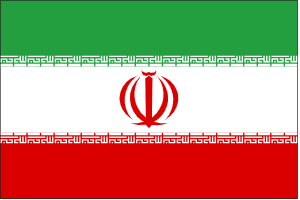 farsi
farsi
 Polish
Polish
 Portuguese
Portuguese
 Pashto
Pashto
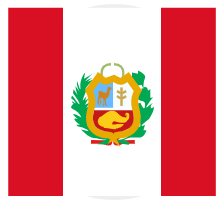 Quechua
Quechua
 Romanian
Romanian
 Russian
Russian
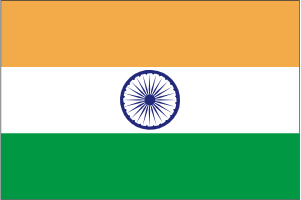 Sanskrit
Sanskrit
 Sinhalese
Sinhalese
 Slovak
Slovak
 Slovenian
Slovenian
 Samoan
Samoan
 Sindhi
Sindhi
 Somali
Somali
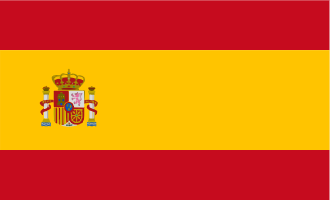 Spanish
Spanish
 Serbian
Serbian
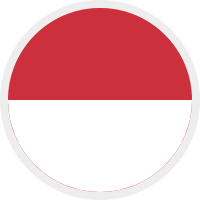 Sundanese
Sundanese
 Swahili
Swahili
 Swedish
Swedish
 Tamil
Tamil
 Tatar
Tatar
 Telutonic
Telutonic
 Tajik
Tajik
 Thai
Thai
 Tigrinian
Tigrinian
 Shierqi
Shierqi
 Turkmen
Turkmen
 TWI
TWI
 Ukrainian
Ukrainian
 Urdu
Urdu
 Vietnamese
Vietnamese
 Welsh
Welsh
 xhosa
xhosa
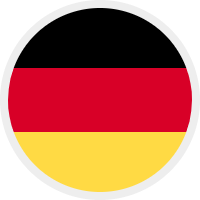 Yiddish
Yiddish
 Yoruba
Yoruba
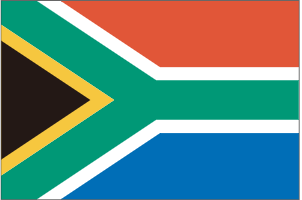 Zulu
Zulu
 Japanese
Japanese
Optical cables are an essential component of modern communication networks, enabling the transmission of vast amounts of data over long distances. As an engineer in the optical cable industry, one common question I often encounter is: how much does optical cable cost per meter? In this article, we will explore the factors that influence the price of optical cable and provide a detailed explanation from four different aspects.
The first aspect that affects the price of optical cable is raw material costs. Optical cables are typically made up of several layers, including a central core made from glass or plastic fibers surrounded by protective layers such as buffer tubes and jackets. The quality and type of materials used can vary significantly, impacting both performance and cost.
High-quality glass fibers with low attenuation rates are more expensive than plastic fibers but offer superior transmission capabilities over longer distances. Similarly, high-grade protective materials like polyethylene or flame-retardant PVC command higher prices due to their durability and resistance to environmental factors such as moisture or temperature fluctuations.
In addition to fiber and protective materials, other components like connectors, splices, and sheaths also contribute to the overall cost per meter. Advanced connectors with lower insertion loss may be pricier but ensure better signal integrity during installation or maintenance.
The manufacturing process plays a crucial role in determining the price of optical cable per meter. Producing high-quality optical cables requires precision machinery capable of aligning fiber cores accurately while maintaining consistent tension throughout production.
Machines equipped with advanced technology for fiber alignment can significantly increase production efficiency but come at a higher cost upfront. Additionally, strict quality control measures implemented during manufacturing add value to each meter produced by ensuring minimal defects or signal loss.
Labor costs also factor into manufacturing expenses as skilled technicians are required for tasks such as splicing fibers together or performing quality inspections at various stages in the production line.
The law of supply and demand applies to all industries including that for optical cables. When market demand is high relative to supply capacity, prices tend to rise accordingly due to increased competition among buyers. Similarly, when demand decreases, prices may decrease as manufacturers seek to maintain sales volume. Factors influencing market demand include technological advancements driving network upgrades, expansion projects requiring additional cabling infrastructure, and government initiatives promoting broadband connectivity. Conversely, economic downturns or saturation in certain markets can lead to reduced demand and downward pressure on prices.

![]() High-tech Development District, Zhengzhou City, Henan Province, China. 450000
High-tech Development District, Zhengzhou City, Henan Province, China. 450000
![]() High-tech Development District, Zhengzhou City, Henan Province, China. 450000
High-tech Development District, Zhengzhou City, Henan Province, China. 450000
Copyright © 2001-2023 Henan Rayo Cable Technology Co.,Ltd All rights reserved.


